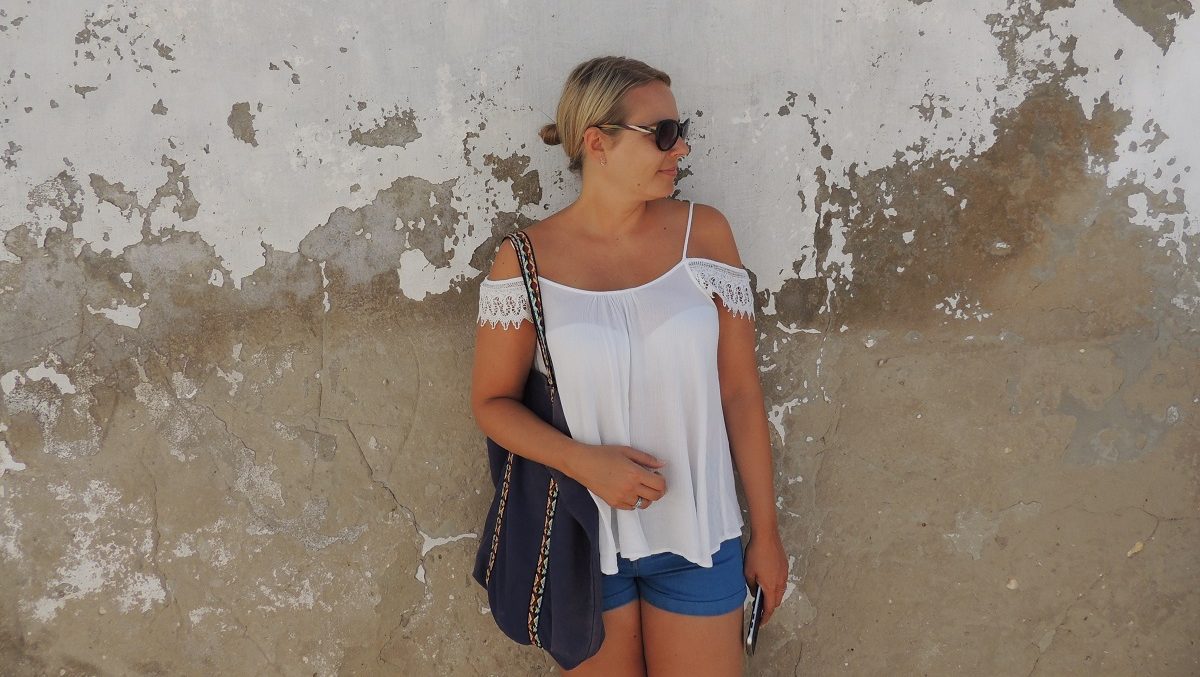Having spent nearly a month there, I thought it may be a good idea to sum up our experiences in Myanmar in a straight forward, pros and cons format. It is also good to reflect on that part of the trip with the benefit of hindsight. Anyhow, here we go:
GOOD BITS
Value for money – it’s definitely one of the cheapest places to visit. A month in Myanmar cost us £1800 in total including all travel, food and accommodation. We didn’t really deny ourselves anything and mostly stayed in hotels of a very good standard averaging £30 per night. If you are willing to rough it a little it could cost you considerably less.
Attractions – Myanmar is such a diverse country, not only ethnically but also geographically and it’s this diversity which makes it an exciting destination. It has pristine beaches, lakes, mountains, caves, waterfalls as well as bustling cities and towns, there is something for everyone! With the addition of Bagan to the UNESCO heritage list in 2019, Myanmar is set to become more and more popular in the coming years.




Climate – if you’re looking to escape dull winter in the Nothern hemisphere Myanmar will reward you with warm and dry climate in the winter months, very similar to that of the Med in summer.

Safety – this is something I always look out for, being a rather cautious tourist, and I have to say that Maynmar has really surprised me. We travelled far and wide and I didn’t have any concerns anywhere. As a woman I am always aware of my surroundings but here people just don’t have any ulterior motives and have this sort of innocence about them which makes you feel at ease. Nobody will try and scam you or cause any harm, it’s simply not in their dictionary. Quite the opposite, they will go out of their way to help you even if using sign language!





Ease of access – since opening its gates to tourists, Myanmar has introduced an e-visa system (valid if you arrive through the major terminals and entry points) which is super easy to apply for online before you travel and no embassy visits are required. You get an approval letter within a day if not faster and you simply present it at the border with your passport when you arrive. Myanmar is also conveniently located close to all the major airports in South East Asia so you can get there easily connecting through one of them like we did in Bangkok for example.
NOT SO GOOD BITS
The majority of things I’m about to mention here stem from the fact that this is a country in a very early stage of development and, with time, all of these things will improve for sure. However, best to consider them before you go.
Hygiene – the standards are considerably lower than in neighbouring Thailand for example, so it’s almost certain that you will get some sort of stomach upset during your stay, even if you are very careful like we were. Take medicine with you to help alleviate the symptoms. Most people just seem to get a 24 hour upset which although annoying, doesn’t fully ruin your holiday. Use bottled water only, eat in highly rated places, avoid fruit sold on the street or any cocktails made with unknown spirits and ice. We drank bottled beer and were largely vegetarian throughout our stay and that definitely reduced the opportunity to get sick (we still got sick though). You may struggle if you have any allergies or dietary requirements as most places didn’t include this sort of information in the menu. A good solution would be to have a sentence translated asking if the dish has peanuts etc. The toilet facilities in places other than hotels are likely to be incredibly basic, I’m talking hole in the ground basic – and no toilet roll. You should always carry some toilet roll with you and a hand sanitiser in case there is no running water. Electricity can also be temperamental and power outages are common (we only experienced two). Surprisingly, the internet was actually pretty ok in most hotels we stayed in.
Infrastructure – the roads are in a pretty bad state so small distances can take a very long time to travel (one of our journeys took over 3 hours in a car for us to cover 120 km!). Check travel times and try and pick the VIP options if you can as they will be slightly more comfortable. The trains are even slower apparently, so if you are in a rush and only have a couple of weeks, flying will probably be easier, however it is expensive, approx $200 per internal flight but it will cut some travel time for sure.

Communication – English is not widely spoken so be prepared to point and act out what you need! It’s almost like playing charades which can be amusing. My most memorable moment has to be acting out diarrhoea in the pharmacy 😂
Betel nut chewing – it has to be one of the most annoying and disgusting things in Myanmar for me personally. Not only is the product extremely dangerous for your health (it causes cancer), it stains your teeth red and what’s worse makes people spit and cough up their insides in public. Imagine having a meal and someone walks past doing that, that is Myanmar reality. You will most likely see this only in the street, nobody does it in hotels for example. People who deal with tourists are aware of this and tend to be very discreet so that you are not put off. It’s a very big problem in Myanmar and not a surprising one given the very low health awareness. I doubt it will disappear overnight and I imagine visitors are likely to experience it for sure at some point.






























































